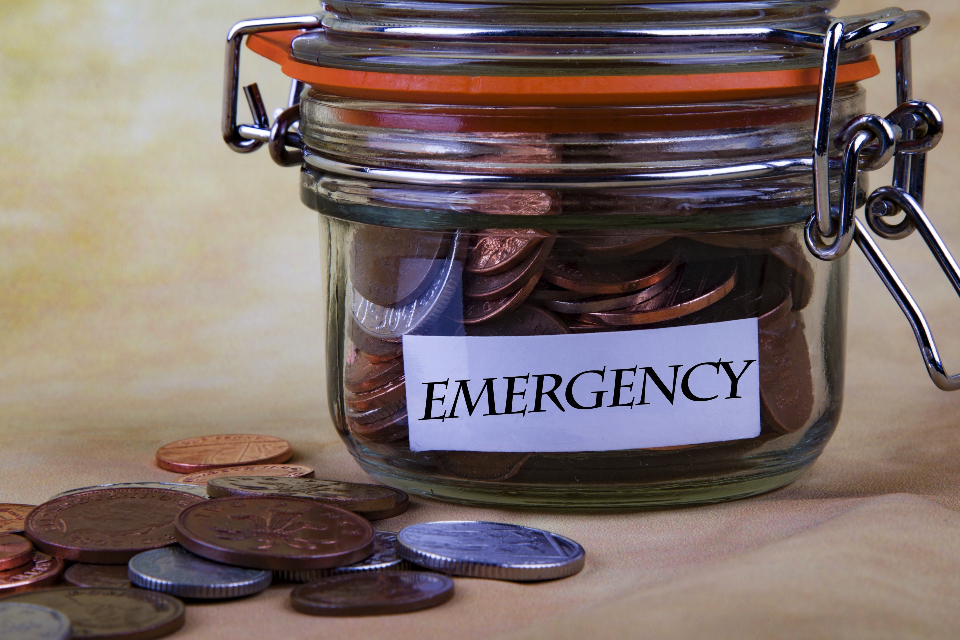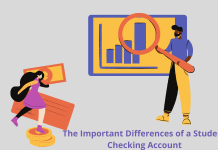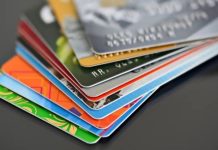As a young adult earning money, you may make a lot of money mistakes that you’ll want to correct early on. In addition to not saving enough in your bank account, having no emergency fund can result in massive debt from loans. Since we will never know what the future can hold, it’s best to have something when the time comes that you need money.
Be it a sudden job layoff, sickness, or significant home repairs, having an emergency fund can help you recover easily. During these moments, you can either thank yourself for saving enough money or regret not doing it in the first place. So, as early as possible, make sure that you are doing the right thing by saving a slice of your income for an emergency.
In this article, we are going to explore the topic of setting up your first emergency fund. We will also learn about the best way to save more money. Moreover, you will learn some ways to reach your financial goals, one step at a time.

Why Do You Need An Emergency Fund?
Aside from peace of mind, you also want to set up an emergency fund to avoid borrowing money and getting trapped in high-interest loans. The fund can provide a buffer to keep you afloat for the being, instead of having nothing at all.
For financial analysts, the emergency fund is the first step in being debt-free. In the words of Liz Weston of NerdWallet, they are, “the first step to give yourself a way not to go further into debt.” If you have enough savings meant for emergency situations, then it will be easier to attend to the problems using your own money.
How Much Money Should You Save?
In regards to the question of how much money should you save, it depends on your financial circumstances. For instance, if you are earning higher, you must save more in order to have a safety net. For starters, you can allot up to half a year of expenses or more to savings. Start small then increase your savings over time.
It could also be a good idea to open a separate bank account to hold your emergency fund. A high-yielding savings bank can be a good place because you can access the money any time you need it. But remember to not use the money for other expenses and stick to the plan of saving more each month.
Building Your Emergency Fund
Below are helpful ways you can easily build your emergency fund.
1. Set a Monthly Savings Goal
Make it a habit to separate a slice of your income and put it in a designated account. One way to do this is by automatically transferring funds to the savings account every time you receive your salary. Create a monthly budget worksheet so you can properly handle your finances.
2. Cut Expenses
Tidy up your spending and cut down on the things you don’t need. Expenses like eating out, buying coffee, or impulsive buying can be controlled to a minimum each month. Small expenses, when added up, can be surprisingly expensive. Therefore, learn to save as much as you can.
3. Stay Focused And Consistent
While you may have a good plan, it is still important to be consistent and to be focused on saving for the emergency fund. Once you already reached your savings goal, you can put the extra money on other financial goals like investing or retirement. The goal is to simply stick to the plan and be realistic.
4. Boost Your Income Stream
Ultimately, you can only cut out so many things from your monthly expenses. At the end of the day, you still need to pay for basic living expenses. Therefore, if your income is not enough, find ways to boost the money that comes to your account each month. Aside from a second job, you can also sell some things you don’t need, work extra hours, or make money online.

Bottom Line
Life can hit you really hard and rock your financial boat. If you aren’t ready and you have more debt than savings, you are in big trouble. That’s why, as early as now you need to learn to save more each month. Set up an emergency fund to be prepared for any inconveniences that might happen in the future.
Featured image: money.com













